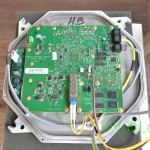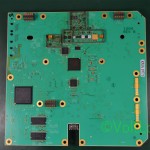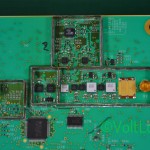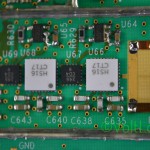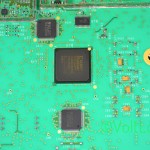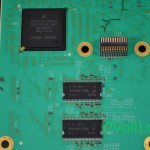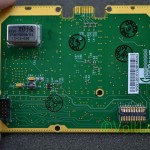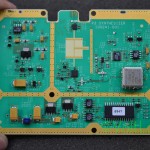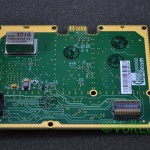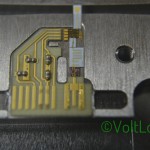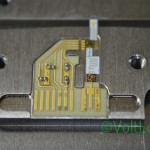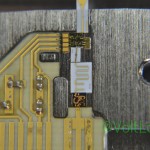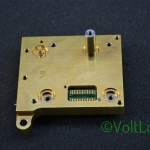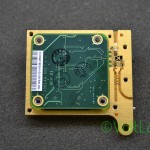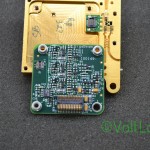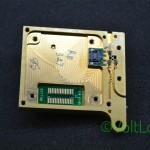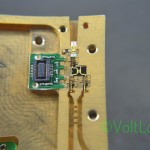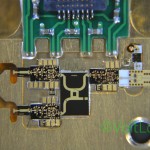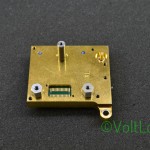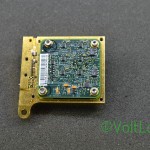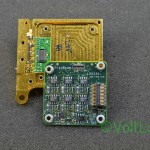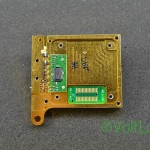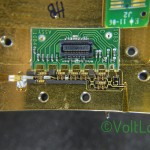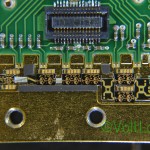In the latest installment of the popular “InTheMail” series, tech enthusiasts are treated to a diverse array of electronics and accessories straight from the mailbag. From compact chargers and carry cases to specialized tools and sensors, this episode covers a wide range of products that cater to various needs.
Kicking things off is the VOLTME dual USB Type-C phone charger, a compact and powerful solution for charging multiple devices simultaneously. Its small form factor and GaN technology make it an ideal travel companion. Next up are EVA hard shell cases, offering protection for soldering irons and oscilloscopes during transportation.
The Ulanzi VL49 RGB LED light is a versatile addition for photography and videography, boasting impressive specs like high CRI, adjustable color temperature, and long battery life. The episode also showcases a learning RF remote control with an impressive frequency range, perfect for hobbyists and tinkerers.
For those in need of cable management solutions, the video covers keyrings, USB cables (including right-angle and USB Type-B variants), and silicone-insulated cables designed for soldering applications. Fiberglass cable insulation rated for high temperatures is also highlighted, catering to projects involving hot environments.
The mailbag also unveils a hidden GPS tracking device with 4G support and an upgraded USB-to-CAN adapter for CAN bus interfacing. Specialized tools like a BNC T-split connector and ceramic heating plates are also explored, offering potential applications in electronics and temperature control projects.
Finally, the episode touches on a radar sensor module and a waterproof temperature/humidity sensor, both useful for home automation and outdoor sensing applications.
